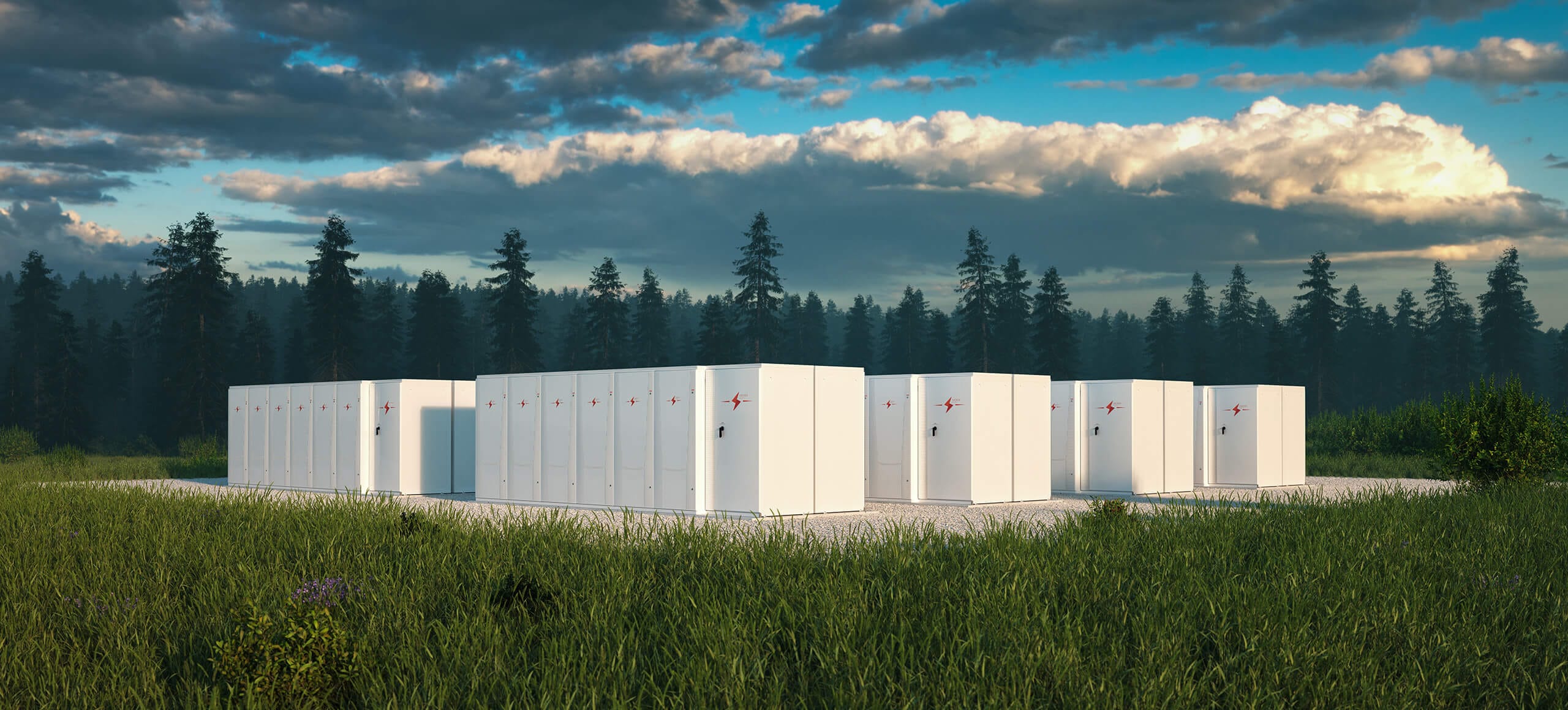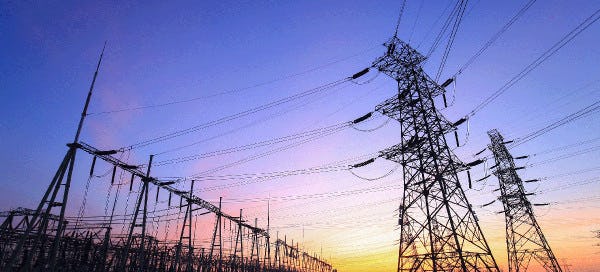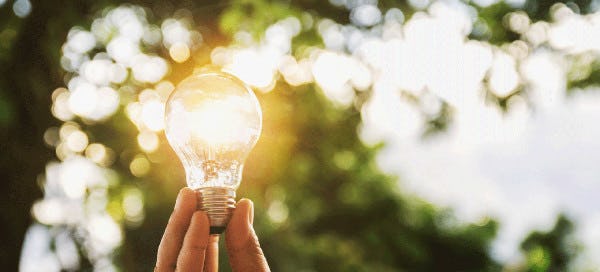Traditionally, energy consumption is quite simple. Energy is generated at a generation plant. That energy gets fed into a transmission and distribution system. That transmission and distribution system connects to our homes. And our lights turn on. This method—while still used today—is more than a century old. And a century ago, it was the only choice.
Most people did not have the ability to generate electricity close to home, so we had to depend on big, centralized generating stations to produce electricity. Transmission and distribution systems were set up to transport that power to our homes.
Energy storage was incredibly expensive, so we had to be sure there were enough generating plants to produce as much electricity as everyone wanted for every second of the day. This means that there had to be enough generating capacity to produce enough electricity at peak demand, which had to consider uncertainties (like weather) during each of these seconds. That is why power systems were built with a buffer (additional capacity, called a reserve margin) to ensure there was enough electricity for everyone.
Because the power systems were set up to meet peak demand, there were many hours out of the day when some generating plants sat idle because their capacity was not needed.
Energy Storage Technologies in 2021
It’s 2021. And even though this energy storage method works, it’s simply not sustainable for the long-term future. This has propelled the development of new electric power solutions to generate, receive, and sustain our energy consumption.
Centralized generation is not as easy to build anymore. Siting and interconnecting to the energy grid have more complexities when building new plants. So, when there is a need for more generation capacity, it is not always as easy as it had been in the past to get it built even as peak demand sets new records in some parts of the country.
Consumers can self-generate power. This could be in the form of solar on rooftops or on-site generators to power homes (think solar buyback plans). And when someone self-generates more electrical energy than needed, they can sell their excess electricity back into the grid. This means that a distribution system that was set up to deliver power to homes now must also be able to take power from homes when they overproduce electricity.
Many different types of energy are going to the grid. This could be in the form of renewable energy like wind, solar, hydro, or natural gas. But because of the volatility of some of these mechanical systems (e.g., a natural gas pipeline going to a plant freezing), a diverse, more flexible energy grid is paramount to meet the new challenges of generating electricity and storage technologies.
Transmission and distribution investments have increased due to aging infrastructure and the cost needed to keep reliability. In addition, with the impacts of climate change, even greater investments are needed in infrastructure to harden the energy storage system and be sure it is resilient.
In the midst of all these changes, the cost of energy storage has come down in many locations, making it a smart economic choice. In layman’s terms, home storage is a simple concept. It allows us to store energy on-site (at a home or business) for future use via energy storage technology. Just like we would a smartphone or remote control car. Here are some reasons why consumers are investing in energy storage:
Backup Power
How energy storage is used: Storage systems are installed at home. If the power from the grid goes out, the backup power storage system is used to allow the home to have electricity.
How energy storage helps the grid: People who use a lot of electricity regularly and hard-to-reach, remote customers are typically the ones who invest in backup generation. By having these customers invest in backup, it allows the overall system to manage at a lower overall reliability on the energy grid.
Increased Photovoltaic Self-consumption
How storage is used: When a consumer’s photovoltaic solar installation produces more than the home consumes, a storage system is used to store the excess energy for a later time, when the home consumes more than the solar panels produce. At that time, the storage system will discharge the energy it stored, so the home does not have to purchase energy from the grid.
How it helps the grid: By having an energy storage system in place, solar customers will not pull from the grid during peak times. Instead, they will dispatch their energy storage system. This helps the grid because it lowers the overall peak on the grid, necessitating less overall capacity to be built. This also means that a consumer is less likely to be selling back electricity to the grid. Instead, they would be storing for use at a future time.
Demand Charge Reduction
How storage is used: Storage is used to level peaks and reduce demand charges that some consumers incur on their bills (e.g., during sweltering heat or freezing temps).
How it helps the energy grid: Some consumers receive demand charges on their utility bill based on peak demand. By installing storage, the peak demand for the consumer is reduced, thereby reducing the overall demand charge for the consumer.
Time-of-use Bill Management
How storage is used: In markets where time-of-use plans are available (like Texas), energy storage is used to purchase power from the grid at less expensive times, and then discharge power from the storage unit at expensive periods of time.
How it helps the grid: By having an energy storage system in place, time of use customers will not be pulling from the grid during peak times. Instead, they will be dispatching their storage system. This helps the grid, because it helps lower the overall strain on the grid, requiring less overall capacity to be built.
It’s simple, really. Energy storage can help maintain a stable grid and help us all take control of our energy usage and, ultimately, what we are paying. As a consumer, it’s important to understand the ways in which energy storage can be used and whether it is the right decision.




